History
Treaties exchanged aboriginal lands for federal trust responsibilities and benefits. Snyder Act authorized funds "for the relief of distress and conservation of health ? [and] for the employment of ? physicians ? for Indian tribes throughout the United States." (1921). Transfer Act placed Indian health programs in the PHS. (1955)
The appropriation to IHS by Congress to provide medical services and health care programs are made available through the Snyder Act of 1921. The IHS must compete with other agencies for Federal funds through Congress; therefore, funds appropriated for IHS programs cannot be designated as entitlement programs.
The term contract health services originated under BIA when medical health care services were contracted out to health care providers. In 1955 the Transfer Act moved health care from BIA to the Department of Health Education & Welfare & established the IHS. In January 2014, the Consolidated Appropriation Act of 2014 renamed the Contract Health Services program to the Purchased/Referred Care (PRC) program. All policies and practices remain the same.
The PRC funds are used to supplement and complement other health care resources available to eligible Indian people. The funds is used in situations where: (1) no IHS direct care facility exists,(2) the direct care element is incapable of providing required emergency and/or specialty care, (3) the direct care element has an overflow of medical care workload, and (4) supplementation of alternate resources (i.e., Medicare, private insurance) is required to provide comprehensive care to eligible Indian people.
Because IHS programs are not fully funded, the PRC program must rely on specific regulations relating to eligibility, notification, residency, and a medical priority rating system. The IHS is designated as the payor of last resort meaning that all other available alternate resources including IHS facilities must first be used before payment is expected. These mechanisms enhance the IHS to stretch the limited PRC dollars and designed to extend services to more Indians. This renders the PRC program to authorize care at restricted levels and results in a rationed health care system.


